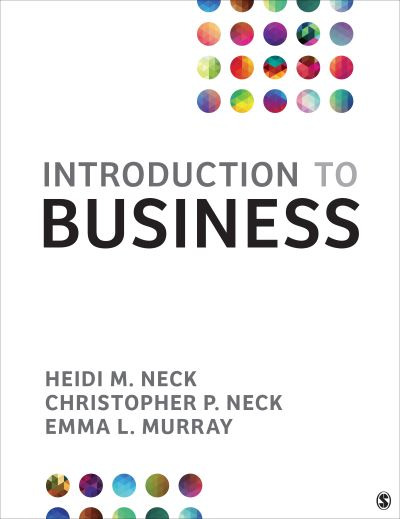You are in: North America
Change location
You are here
Business Case - Allbirds
Case Study: Allbirds
Share this case study and activity with your students by simply copying and pasting the URL for this page into your learning management system (LMS).
![]()
Mapped to UN Sustainable Development Goal 5: Gender Equality
SAGE supports the Sustainable Development Goals
Achieve gender equality and empower all women and girls
-
Allbirds, San Francisco, California
-
Case Study Source: Chapter 14 on Communication in Business from Introduction to Business by Heidi M. Neck, Christopher P. Neck, and Emma L. Murray
Critical Thinking Questions to Keep in Mind as You Explore this Case Study:
- What role has communication played in Allbirds’s success in the footwear industry?
- How did Allbirds adjust its communication when expanding into China?
- What are some initiatives underway at Allbirds to promote gender equality?
Case Study: Allbirds
Allbirds was founded in 2016 after its founder, Tim Brown, realized there was a lack of sustainable footwear options. Brown had been sponsored by major sneaker brands so he was keenly aware of how pervasive synthetic materials were in the footwear market. As a native New Zealander, Brown was familiar with the versatility of merino wool so Brown teamed up with Joey Zwillinger, an engineer and sustainability expert in the U.S., and the two began working on a sustainable, comfortable shoe, launched as the Wool Runners, made out of New Zealand merino wool. The comfortable and sustainable shoes were an instant success and Allbirds quickly became one of the fastest growing shoe companies in the world. Just two years after launch, Allbirds sold its one millionth pair of shoes. It could be argued that effective communication is one of the keys to Allbirds success.
Early on customers reported that shoes made with wool, although comfortable and cozy, was not necessarily the ideal fabric for warmer months and climates. Allbirds listened to their customers and began expanding their search for sustainable materials. Today, the Allbirds product lines include shoes made from a variety of sustainable materials designed to keep feet cool, including eucalyptus, plant leather, sugar cane, and other recyclable, renewable materials in addition to merino wool.
Listening to customers has always been part of Allbirds’s direct-to-customer (DTC) model. The company primarily uses social media platforms like Instagram to gather customer feedback and new product ideas. According to Brown, only "a small amount" of sales come from social media advertising and most of the company’s success can be attributed to word of mouth among consumers. Like other direct-to-consumer brands, Allbirds obtains most of its website traffic directly from search results.
While Allbird’s DTC model has been extremely successful in the United States, the company had to change its approach when launching in other countries since customer behavior and expectations can vary significantly by culture. For example, Allbirds had to relinquish control over its distribution model and partner with Alibaba Tmall in order to establish itself in China. According to Christina Fontana, head of fashion and luxury at Tmall, “One of the biggest mistakes brands make is not studying and understanding the Chinese consumer…Brands also need to communicate the core value of [their] brand to Chinese consumers. And never underestimate how much communication is necessary to do that.”
Allbird’s message of minimalist design worked great in the United States, but did not translate well to the China market where tastes differed. The company quickly learned that Chinese customers were less attracted by the sustainability message. When Allbirds started communicating that the wool upper part of the shoe was produced at the same factories as luxury Italian brands, Chinese customers paid attention and paid for the product!
Though Allbirds modified their brand messaging for China, its focus on sustainability and the role that fashion plays in the environmental crisis never waivered.
Consequently, in their 2020 Sustainability Report, Allbirds outlined their strategic priorities to “reverse climate change through better business.” At the foundation of those strategic priorities are fair labor, diversity, and gender equality. As part of its commitment to gender equality, Allbirds outlined the following initiatives:
- Conduct wage analysis for all T1 suppliers
- Ensure proper channels exist for supply chain and factory workers to voice concerns
- Create programs across the employee lifecycle to cultivate a culture that increases diversity, equity, inclusion, and belonging
- Foster a sense of belonging through international communications where “all birds feel welcomed, included, and proud to work at Allbirds”
- Support employee resource groups for women, LGBTQ+ employees, parents, and multicultural employees
Allbirds acknowledges that it has more work to do when it comes to gender and racial diversity at upper levels of leadership within the company. Currently, only 31% of Allbirds leadership is female globally and only 26% are people of color in the United States. Allbirds is committed to increasing both percentages to 40% by 2025.


